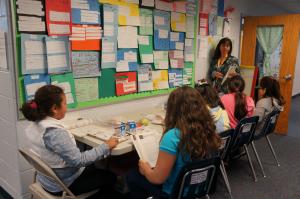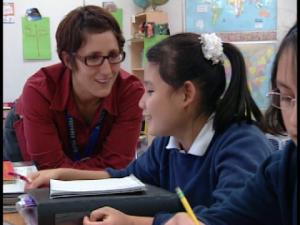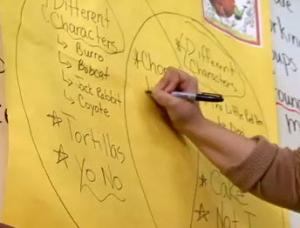Across the country, teachers and other educators share the exciting but sometimes difficult challenge of teaching English, literacy skills, and academic content to a growing number of English language learners (ELLs).
Just as it takes a village to raise a child, it takes an entire school community to help English language learners (ELLs) succeed.
As a parent, there are many ways that you can help your child succeed every single day! These bilingual parent resources offer tips on helping your child learn to read, succeed in school, and learn a new language.
ESL teachers have a variety of important roles in their schools and districts. Some may be assigned to a specific grade or students, while others travel from building to building each day. Learn more about the unique opportunity that ESL teachers have to collaborate, advocate, and lead their colleagues in the resources below.
In order for English language learners (ELLs) to become successful students, they need to learn grade-level content as well as the English language skills needed to access that content.
English Language Learners (ELLs) can have a wide variety of needs in their reading and writing instruction. Some students may read and write fluently in their native language while others will enter the classroom with little or no prior literacy instruction. This resource section covers many topics, including grade-level strategies and ideas for teaching more advanced reading and writing skills such as those required by the Common Core State Standards.
An important first step in helping English language learners succeed is building their confidence and comfort level by making them feel welcome in the classroom and building positive relationships wtih students.
There are a number of ways to support, or scaffold, instruction for ELLs, even if they are at beginning levels of English proficiency. These ideas from veteran educators can help make content more accessible and provide students with an opportunity to participate in all classroom activities.








